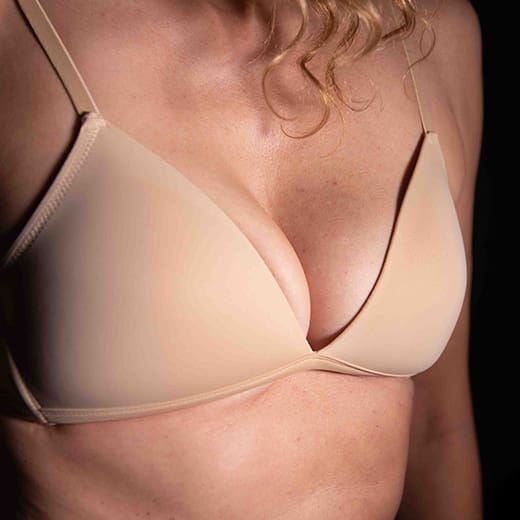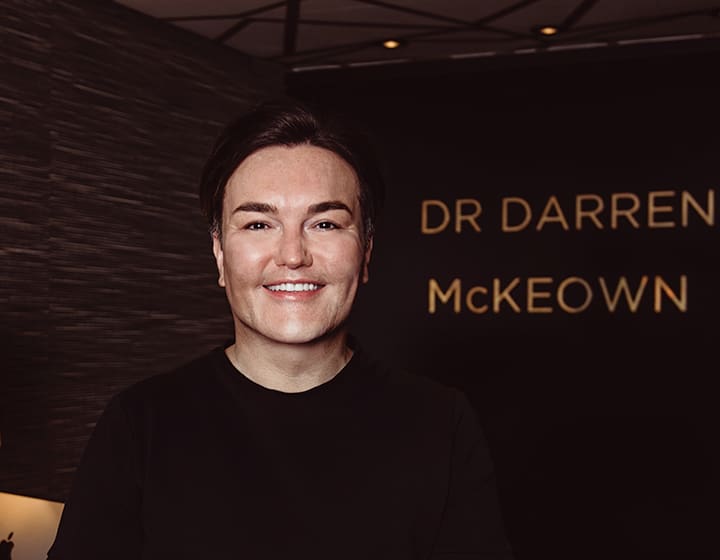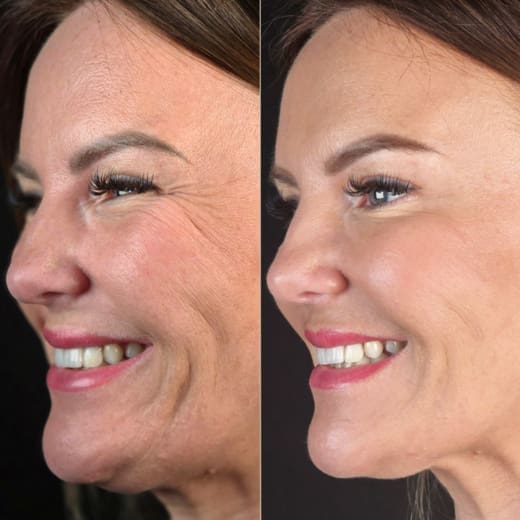McKeown Medical
167 Bath Street, Glasgow, G2 4SQ
When it comes to treating the body, our goal is not to attain physical perfection. Instead, we work synergistically: to fashion a physique that highlights your best attributes; that enhances your confidence – and that can be maintained in the years to come.
However, we also believe in the power of bespoke, and our tailor-made treatment plans are designed to balance the body, restore symmetry, and respect your natural anatomy.
When it comes to treating the body, our goal is not to attain physical perfection. Instead, we work synergistically: to fashion a physique that highlights your best attributes; that enhances your confidence – and that can be maintained in the years to come.
However, we also believe in the power of bespoke, and our tailor-made treatment plans are designed to balance the body, restore symmetry, and respect your natural anatomy.
Upper arm CoolSculpting is ideal for treating resistant pockets of fat, leaving arms looking smoother and more sculpted.
Stubborn back fat can be hard to shift — our treatments are designed to contour and smooth the area with precision.
CoolSculpting effectively targets stubborn bra fat, helping to sculpt a more streamlined silhouette.
Targeted body contouring treatments designed specifically for men — helping to shift fat, sculpt and boost confidence.
Mummy tummy is a common concern after pregnancy — our treatments are designed to rebuild, reshape, and restore.
Targeted treatments to refine and tone the inner thighs, creating smoother, more balanced proportions.



Dr Rhona Cameron is a skilled injector who has been extensively trained in Dr McKeown’s signature intuitive technique. Her treatments blend advanced facial optimisation with powerful, energy-based devices – such as lasers, BBL and radio frequency – energising the appearance and enhancing skin health. approach; delivering flawless results – and rejuvenation that lasts.

Our founder, Dr Darren McKeown, is renowned for his expertise and artistry with dermal fillers. As a peer-reviewed medical author, he is passionate about treatments that stand up to scientific scrutiny. Above all, Dr McKeown believes in a global approach; delivering flawless results – and rejuvenation that lasts.
1 / 2
2 / 2

Dr Rhona Cameron is a skilled injector who has been extensively trained in Dr McKeown’s signature intuitive technique. Her treatments blend advanced facial optimisation with powerful, energy-based devices – such as lasers, BBL and radio frequency – energising the appearance and enhancing skin health. approach; delivering flawless results – and rejuvenation that lasts.

Our founder, Dr Darren McKeown, is renowned for his expertise and artistry with dermal fillers. As a peer-reviewed medical author, he is passionate about treatments that stand up to scientific scrutiny. Above all, Dr McKeown believes in a global approach; delivering flawless results – and rejuvenation that lasts.

Relfydess is one of the most talked-about and exciting new arrivals in the world of aesthetic medicine — a next-generation...
1 / 3
2 / 3
3 / 3

Relfydess is one of the most talked-about and exciting new arrivals in the world of aesthetic medicine — a next-generation...
Keep up to date with the latest news from McKeown Medical and get access to expert insights, our latest before and afters and exclusive offers.

